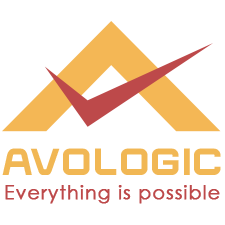Web Designing is the process of creating and designing websites. It involves different skills and disciplines in the creation of web pages, including layout, graphics, and user experience. Here are some of the topics that might be covered in a typical web designing course:
- HTML: HTML stands for Hypertext Markup Language, which is used to create the structure and content of web pages. A web designing course would typically cover the basics of HTML and how to create and style web pages using HTML.
- CSS: CSS stands for Cascading Style Sheets, which is used to style the content of web pages. A web designing course would typically cover the basics of CSS, including how to use selectors, properties, and values to create different styles for web pages.
- Responsive Design: Responsive design is the practice of creating websites that are optimized for different devices, including desktops, tablets, and smartphones. A web designing course would typically cover the basics of responsive design and how to create responsive websites using CSS and other techniques.
- UI/UX Design: UI/UX design refers to the design of user interfaces and user experiences for websites and other digital products. A web designing course would typically cover the basics of UI/UX design and how to create user-friendly and engaging web pages.
- Web Design Tools: There are many different tools and software applications that can be used for web designing, including Adobe Photoshop, Sketch, and Figma. A web designing course would typically cover the basics of these tools and how to use them to create web designs.
- Web Development: While web designing is focused on the visual design and layout of web pages, web development is focused on the programming and technical aspects of creating websites. A web designing course may touch upon web development topics, including JavaScript, PHP, and database integration.
By the end of the course, learners should have a good understanding of web designing and how to create visually appealing and user-friendly websites. They should also be able to apply the skills learned in the course to real-world web designing projects.
Page Copyright
© Copyright @Avologic 2016 - 2023 All Rights Reserved.
